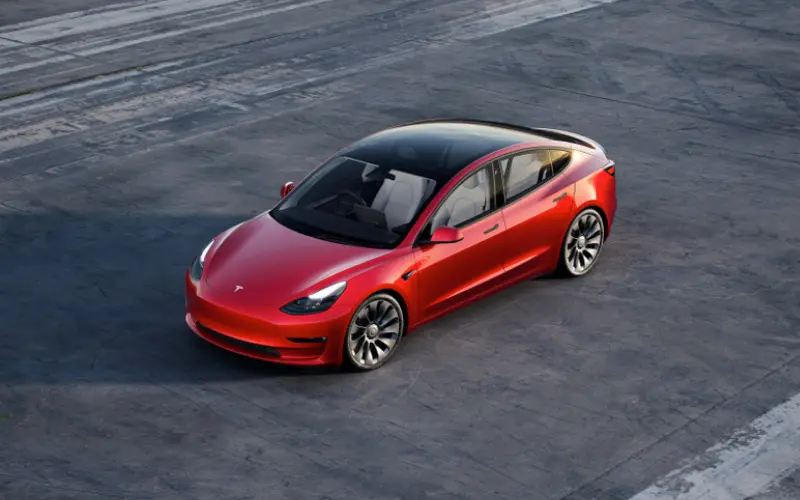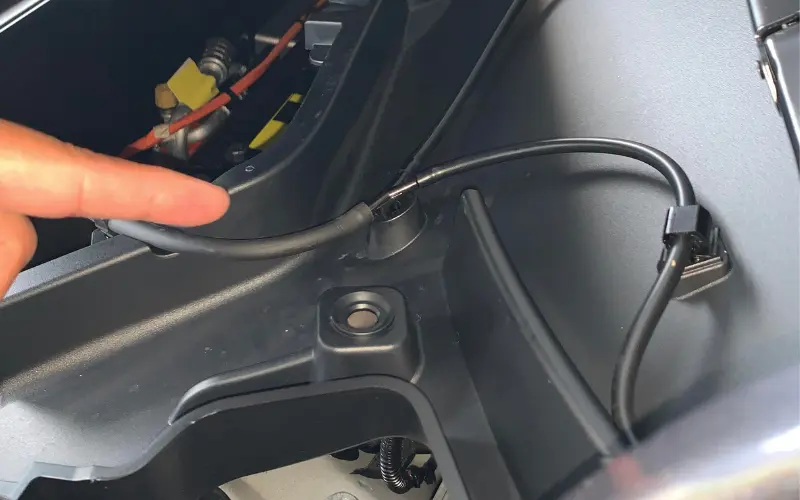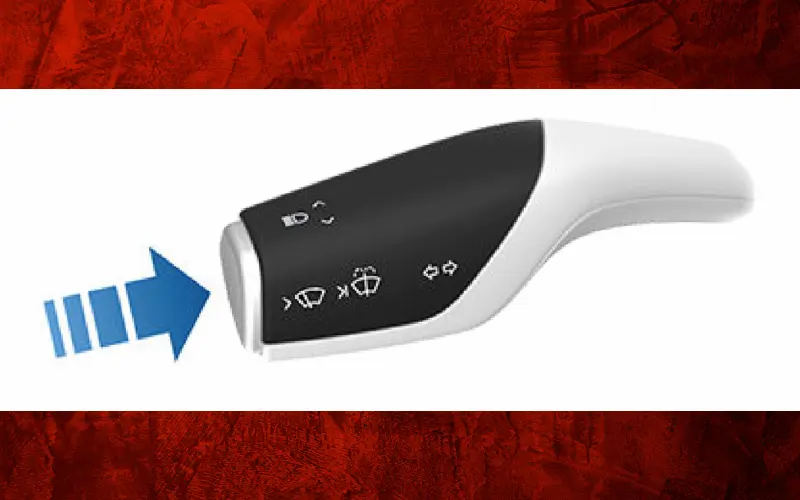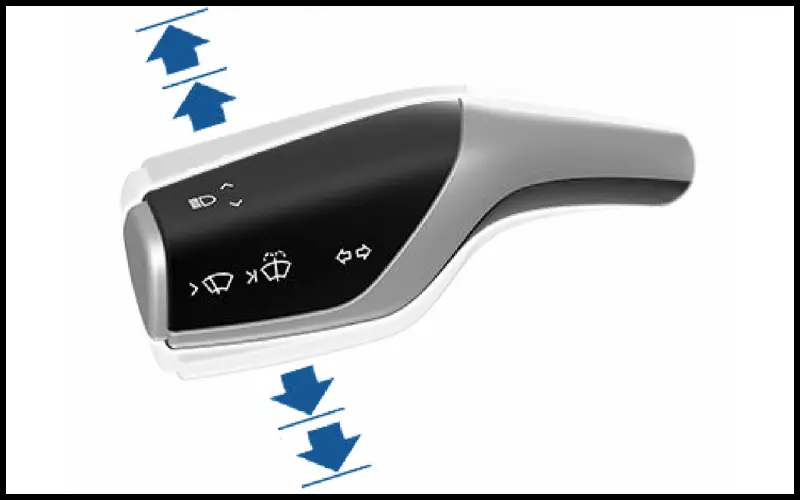Tesla doesn’t allow third-party auto shops to fix their cars. Only Tesla service centers are permitted to work on a Model 3.
However, some problems can be diagnosed by an owner.
This article outlines seven common issues related to Tesla Model 3 and their easy fix that works.

Tesla Model 3 Washer Fluid Not Working
If the washer fluid tank on your Model 3 is full, but the washer fluid is still not coming out, there could be one of the several problems discussed below.
If your Model 3 is new, there’s a possibility that the washer fluid motor is disconnected. Many new owners have reported this issue previously. Most of the time, the motor wiring harness was not connected at all. Take your model 3 to the nearest service center.

Another common problem is the hose that connects the washer fluid reservoir, and the washer nozzle comes loose, as shown in the above image. If it happens, the motor will work, and you will hear a sound while you press the washer fluid stalk, but no fluid will come out. If it happens, follow the steps outlined below.
Open the Model 3 frunk and remove the plastic cover beside your washer fluid reservoir. Check whether the hose got disconnected. If it is, connect and secure it properly so that the hose doesn’t come loose in the future.

In some cases, the issue could be related to how far you are pushing the washer fluid button. To spray washer fluid, fully press and HOLD the button until your Model 3 sprays fluid and activates the windshield wipers.
Daytime Running Lights Not Working on Model 3
Tesla Model 3 has known daytime running lights (DRL) issues. It affects all Tesla model years.
If your daytime running lights are half-bright, one is yellowish; one is brighter than the other, or one or both of the lights are not working, you must immediately contact the Tesla service center.
The entire headlight unit and the daytime running lights are a single unit glued to Model 3. Thus, only the Tesla service center can fix it.
You must fix the DRL issue while under warranty. Because after the warranty period, it will cost up to $5100 to replace the headlight module.
The issue is common on many teslas.
The LED lights on the DRL become very hot and melt the contacts and unsolders themselves. As a result, the lights either turn yellow or stop working.
The only way to fix the issue is to replace the entire headlight module on your Model 3 at a Tesla service center.
The Model 3 Blinkers are Not Working
The Model 3 turn signal will either flash three times or continuously blink depending on how far up or down you move the stalk.

If you push the turn signal stalk up or down slightly, the turn signal will flash three times.
You must push the stalk fully up or down for a continuous blinking signal.
The turn signal on the Model 3 will cancel itself by steering wheel motion. If you want to manually turn off the turn signal, slightly move the stalk in the same direction once.
However, inside your Model 3, if you hear a fast turn signal clicking sound or the turn signal flashes rapidly, one of the turn signal LEDs is damaged.
According to reports, your turn signal stock could also be damaged and have sensor issues. As a result, it may not be registering your signal maneuver.
As Tesla doesn’t sell retail car parts, you must take your Model 3 to the Tesla service center to fix the blinker issue.
While under warranty, the service center will insist that you are using the turn signal the wrong way. But don’t let them cancel your appointment. Insist until Tesla fixes your problem because the turn signal is a safety issue.
Related: If you are having issues related to your backup camera. Please read this article which discusses possible fixes to the problem.
Bluetooth Not Working in Tesla Model 3
The Model 3 and your phone will establish two Bluetooth connections.
One is the Regular Bluetooth which is used to connect for phone calls, music, sharing maps, calendars, phone calls, messages, etc.
Another one is Bluetooth LE (low emissions). Model 3 uses the Bluetooth LE connection for the phone key.
The regular Bluetooth is working if you can control your frunk, door, lights, and horn with the phone.
If you only face a problem with the phone as a key, the Bluetooth LE connectivity isn’t working.
If you are trying to connect your Bluetooth with the Model 3 for the first time, your car will fail to see your phone if you are not on the Bluetooth page on your phone. Apple’s iOS typically hides the Bluetooth discovery.
Please make sure the following two things are enabled for the Tesla mobile app on your phone.
- Location permission to Always.
- Bluetooth access permission.
On the Model 3 settings side, turn on “Mobile Access” through your car’s touchscreen (Controls > Safety > Allow Mobile Access).
The Tesla Model 3 can connect to three phone keys simultaneously. Therefore, if more than three phone keys
are detected, and you want to pair a new phone, turn off Bluetooth at least to one of the phones that are already paired with this Model 3.
Here is some diagnosis to fix the Bluetooth issue on your Model 3.
If one step outlined below doesn’t work, try another. One of them will definitely work.
- Turn off Bluetooth on your phone and turn it back on.
- Disconnect the phone from Model 3, and reconnect again.
- Force close the Tesla Mobile App and reopen it.
- If force closing doesn’t work, log out of your app and log back in.
If the above four diagnosis doesn’t work, try the followings:
- Delete the Tesla app and reinstall it.
Finally, try these.
- Turn off Bluetooth from your phone.
- Go to your Model 3 and remove both Bluetooth audio and Key
- Turn Bluetooth ON on your phone
- Re-pair everything using the Model 3 settings
If you are still having Bluetooth connectivity issues, the Model 3 Bluetooth connectivity software is probably having an issue. Do a soft reboot of your model 3.
A soft reboot will fix the Bluetooth connectivity issue on your Model 3 if it’s related to the Tesla OS.
WiFi Not Working in Tesla Model 3
The WiFi antenna on the Model 3 is hidden inside the passenger side mirror. As it is surrounded by metals, the WiFi connection on the Model 3 is not strong.
Unless there’s a dedicated WiFi router in the garage where you parked your Tesla, your Model 3 will have difficulty getting a strong WiFi signal.
Garage doors, walls, and other obstructions will weaken the WiFi signal. On top of that, as the Model 3 WiFi Antenna performs poorly due to being hidden in the passenger-side mirror, your car’s WiFi will show connectivity issues.
There are two WiFi bands that your router emits — 2.4GHz and 5GHz.
The 2.4GHz travels further but provides a slower internet speed. In contrast, the 5GHz band travels a shorter distance and gets blocked by walls but provides faster internet.
If your WiFi router isn’t in the garage, try connecting your Model 3 with the 2.4GHz band.
If your car connected to WiFi before flawlessly but now has an issue, the problem could be with the router. Restart your WiFi router if your Model 3 is having a connectivity issue.
If the Model 3 is still having issues, please reboot your car. Tesla’s car OS probably has bugs causing the problems.
Tesla Model 3 Cigarette Lighter Not Working
The Model 3 has a 12V cigarette lighter. It can safely deliver 12A current continuously. Therefore, electronics that draw more than 12V x 12A = 144W power will trip the cigarette lighter fuse in the Model 3.
One of the cool things about Model 3 is that it uses an auto resettable fuse (MOSFETs).
If your Model 3 cigarette lighter stops working, you must wait approximately 90 minutes for the fuse to auto-reset. After this period, your cigarette lighter will work again.
However, if the 12V outlet still doesn’t work, park your Model 3 overnight. Your car would go to deep sleep and force all the fuses to auto-reset, and the cigarette lighter will work the next day.
Tesla Model 3 Auto Lock Not Working
If you set up your phone as a key, the Model 3 should auto-lock when you walk away from your car.
A bad seat occupancy sensor can force the Model 3 not to get locked. The sensor will think that you are still on the seat and will not allow your car to get locked. Please get in touch with the Tesla service center to fix the issue.
However, in several other scenarios, Model 3 may fail to auto-lock. If it happens, follow the steps outlined below to fix the issue.
- If you unlock your car with a key card, your Model 3 will not auto-lock the next time you walk away.
- Please ensure that the Walk-Auto lock is enabled in your car settings.
- If the key card is inside your car, your Model 3 will not auto-lock.
- If your model 3 doesn’t have a driver profile, we suggest you create one with easy entry turned on.
If your Model 3 still doesn’t auto-lock, do a soft reboot of the MCU. Sometimes the Tesla OS hangs, and various software modules stop working in the background.
To reboot your Model 3, press both round buttons on the steering wheel for 10 to 15 seconds until the center console display goes black. The display will restart again within a few seconds.
If you still have issues, unpair your phone from your Model 3 and remove the phone key from your car. Then pair your phone and register it as a phone key.